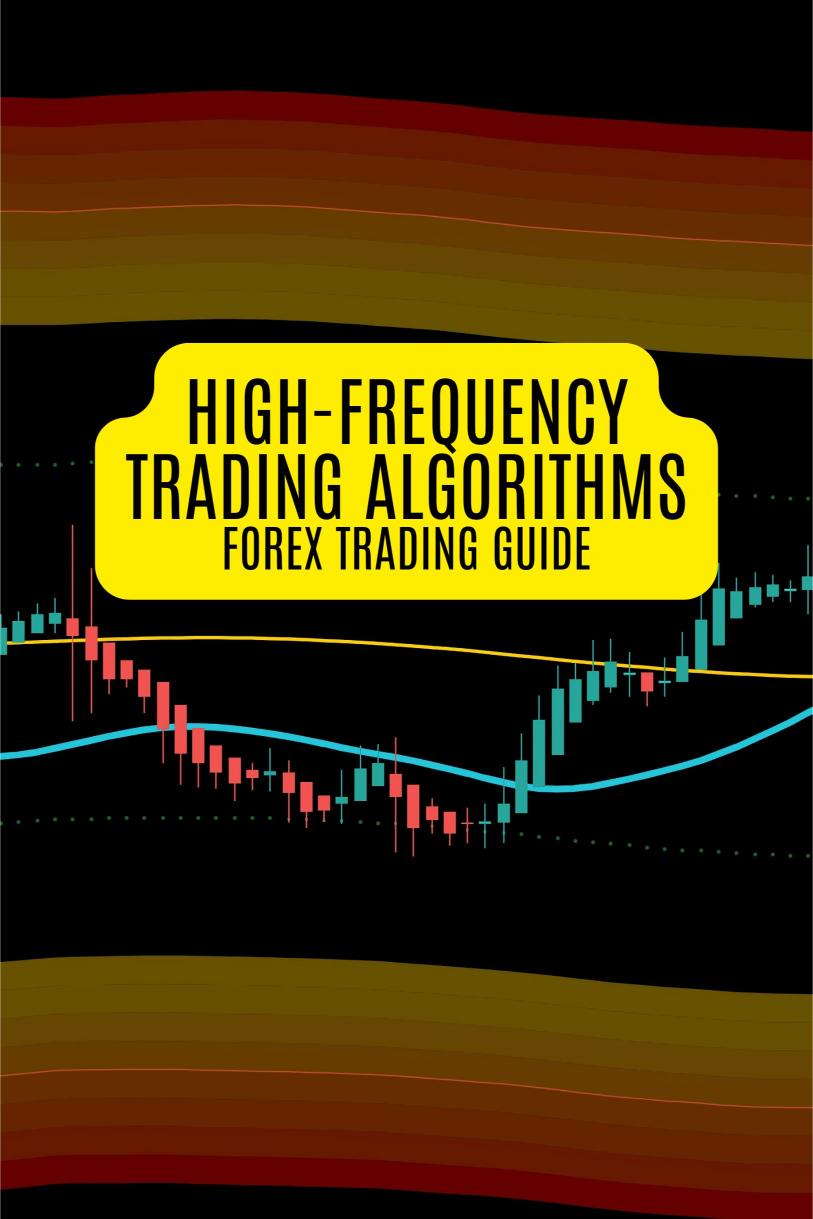Last Updated on February 10, 2025 by Arif Chowdhury
Ever felt overwhelmed by the fast-paced world of Forex trading?
Maybe you’re struggling to keep up with market movements.
Or perhaps you’ve lost money because your strategies just aren’t cutting it.
I get it.
As a seasoned Forex trader since 2015, I’ve been on that rollercoaster ride.
I’ve explored both fundamental and technical analysis, but my real passion lies in the latter.
Let’s dive into how you can optimize high-frequency trading algorithms for Forex and turn those worries into profits.
Understanding High-Frequency Trading (HFT)
High-frequency trading is all about speed.
It involves executing a large number of orders at lightning-fast speeds, often within milliseconds.
This approach can lead to significant profits if done right.
But how do you ensure your algorithms are optimized for this?
Key Optimization Strategies
Here are some straightforward strategies to optimize your HFT algorithms:
1. Leverage Speed and Latency
- Reduce Latency: Aim for the lowest possible latency. Use co-location services to place your servers close to your broker’s.
- Optimize Code: Clean and efficient code execution can save precious milliseconds.
2. Diversification
- Spread Your Risk: Don’t put all your eggs in one basket. I’ve developed 16 trading bots, each targeting different currency pairs like EUR/USD and GBP/USD. This diversification minimizes correlated losses.
3. Backtesting and Simulation
- Test, Test, Test: Use historical data to backtest your algorithms. I’ve backtested mine over the past 20 years, proving they can handle harsh market conditions.
- Use Multiple Timeframes: Although HFT often focuses on short-term trades, analyzing longer timeframes can provide valuable insights.
4. Real-Time Data and Market Analysis
- Stay Updated: Use real-time market data for your trading decisions. This helps in adjusting strategies quickly based on market movements.
- Sentiment Analysis: Incorporate news and sentiment analysis to gauge market mood, which can influence price actions.
🚀Get this Forex EA Portfolio for FREE from here.
Statistical Insights
Did you know that, according to a study by the TABB Group, high-frequency trading accounts for over 50% of all equity trading volume in the U.S.?
That number is staggering!
Moreover, a report from McKinsey & Company indicated that firms leveraging algorithmic trading could see performance improvements of up to 30% compared to traditional trading methods.
These statistics highlight the importance of HFT in today’s market landscape.
The Importance of Robust Brokers
To truly make the most of your HFT algorithms, you need the right broker.
Look for one that offers tight spreads, fast execution, and reliable customer support.
I’ve tested several and can confidently recommend some of the best forex brokers available.
Check out this link for my top picks: best forex brokers.
Your Path to Success
Optimizing high-frequency trading algorithms isn’t just about having the right tech.
It’s a blend of strategy, execution, and market understanding.
By diversifying your approach and using well-tested algorithms, you can significantly enhance your trading performance.
Remember, I offer a portfolio of 16 trading bots designed to help you thrive in the Forex market.
These are strategically diversified and completely FREE!
You can grab your portfolio here: 16 trading bots.
Don’t let the fast-paced nature of Forex intimidate you.
With the right tools and strategies, you can succeed.
Let’s turn those worries into wins!
